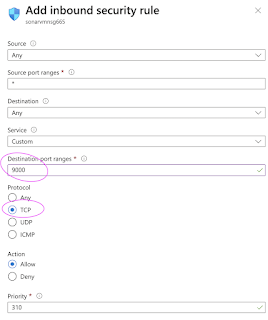When you're using Azure Container Registry (ACR) with Azure Kubernetes Service (AKS), an authentication mechanism needs to be established.
To allow an AKS cluster to interact with ACR, an Azure Active Directory managed identity is used.
Create Resource Group
Make sure you are login to Azure portal first.
az login
You need to create a resource group first.Create AKS cluster with 2 worker nodes
az aks create --resource-group myResourceGroup --name myAKSCluster --node-count 2 --enable-addons monitoring --generate-ssh-keys
az aks show --name myAKSCluster --resource-group myResourceGroup
The above command should display Cluster exists in Azure portal
Create Azure Container Registry
Run the below command to create your own private container registry using Azure Container Registry (ACR).
az acr create --resource-group myResourceGroup --name myacrrepo31 --sku Standard --location southcentralus
Connect to the cluster
az aks get-credentials --resource-group myResourceGroup --name myAKSCluster --overwrite-existing
To verify the connection to your cluster, use the kubectl get command to return a list of the cluster nodes.
kubectl get nodes
For Deploying Docker images from ACR into AKS Cluster
The following command allows you to authorize an existing ACR in your subscription and configures the appropriate ACRPull role for the managed identity.
az aks update -n myAKSCluster -g myResourceGroup --attach-acr myacrrepo31
To Detach ACR from AKS use below command
az aks update -n myAKSCluster -g myResourceGroup --detach-acr myacrrepo31


















